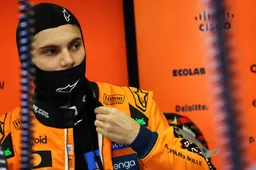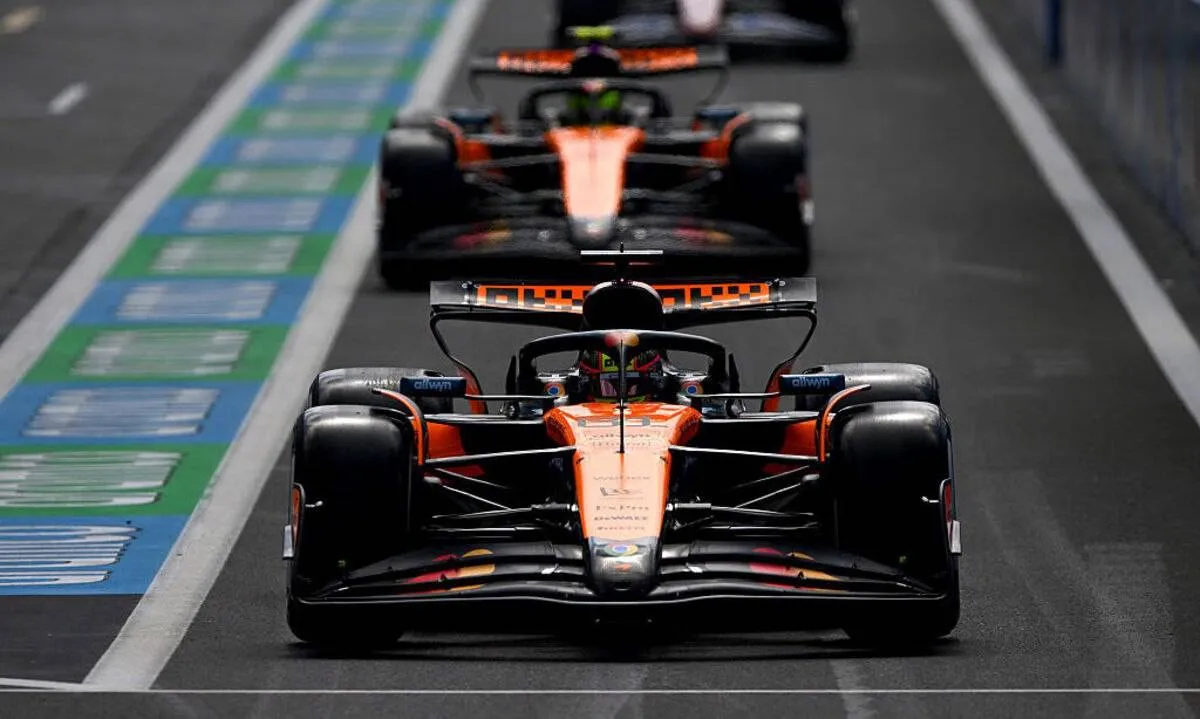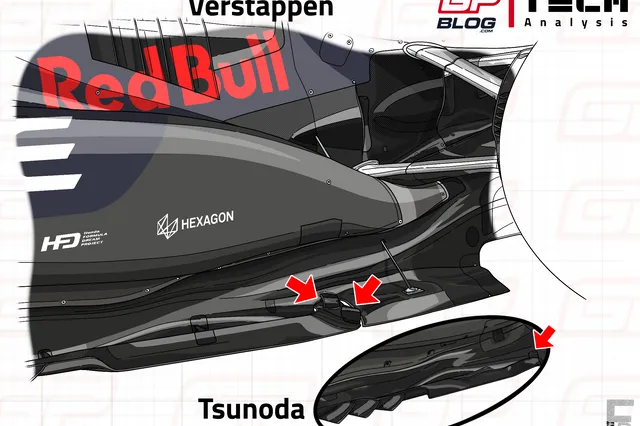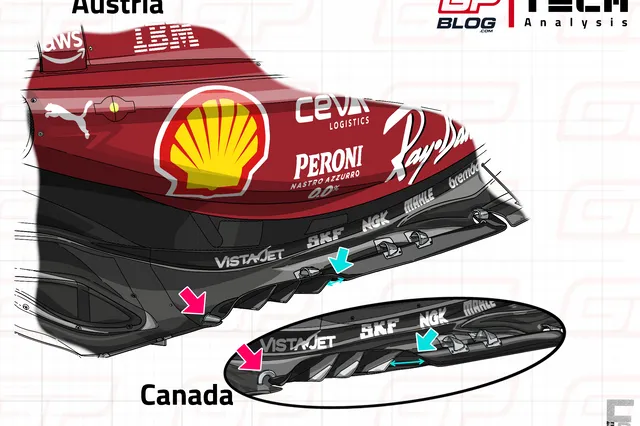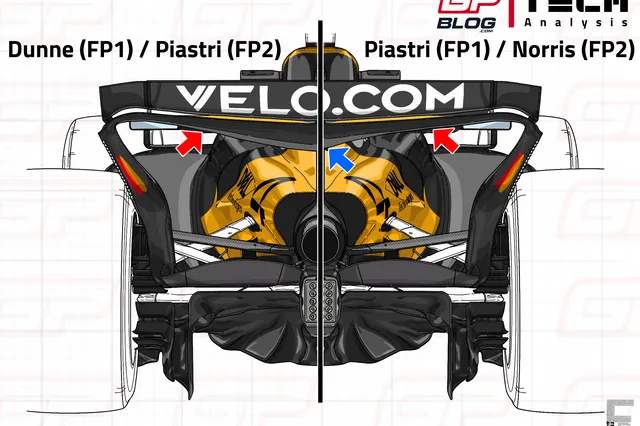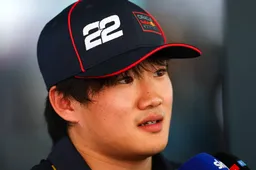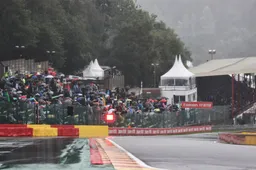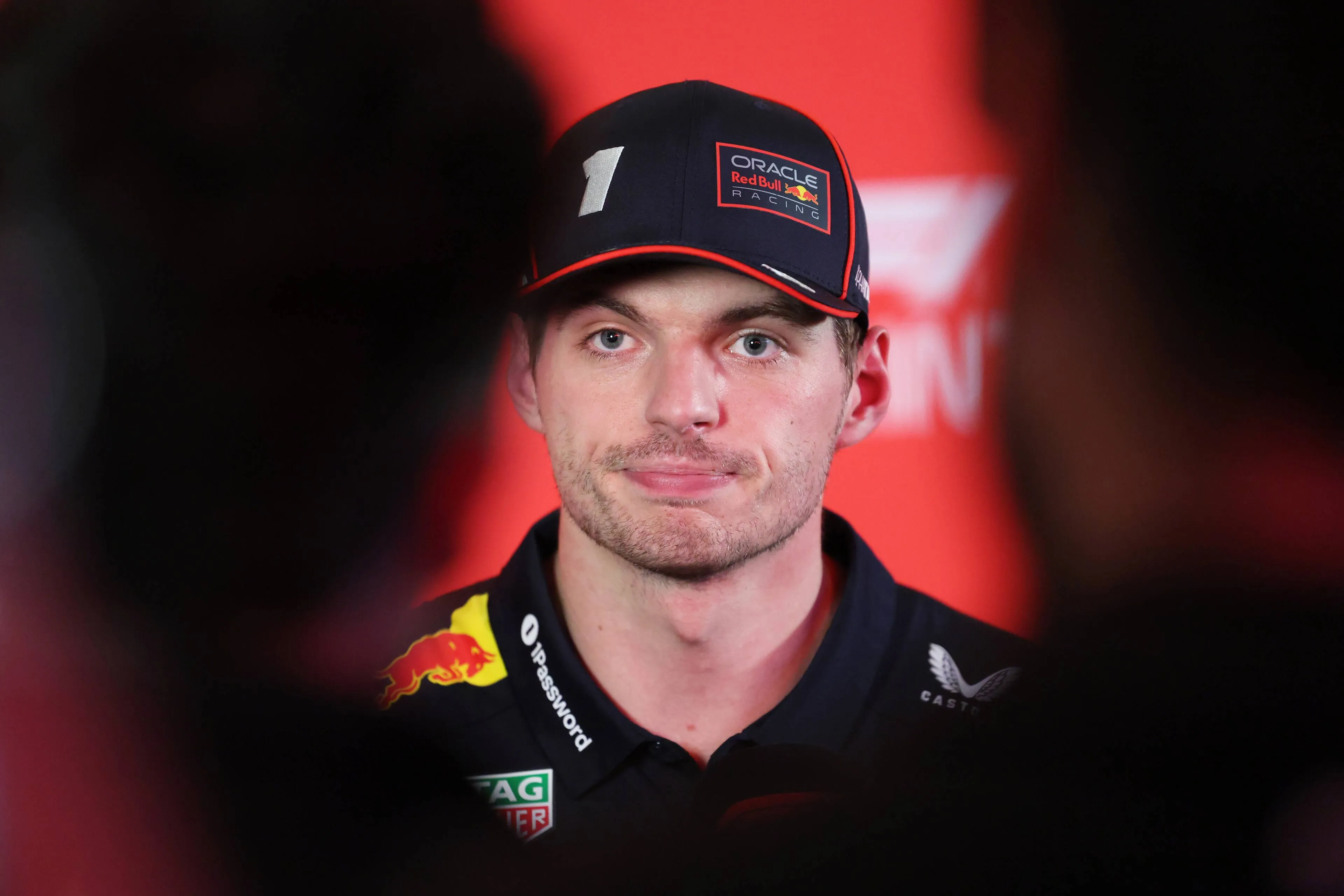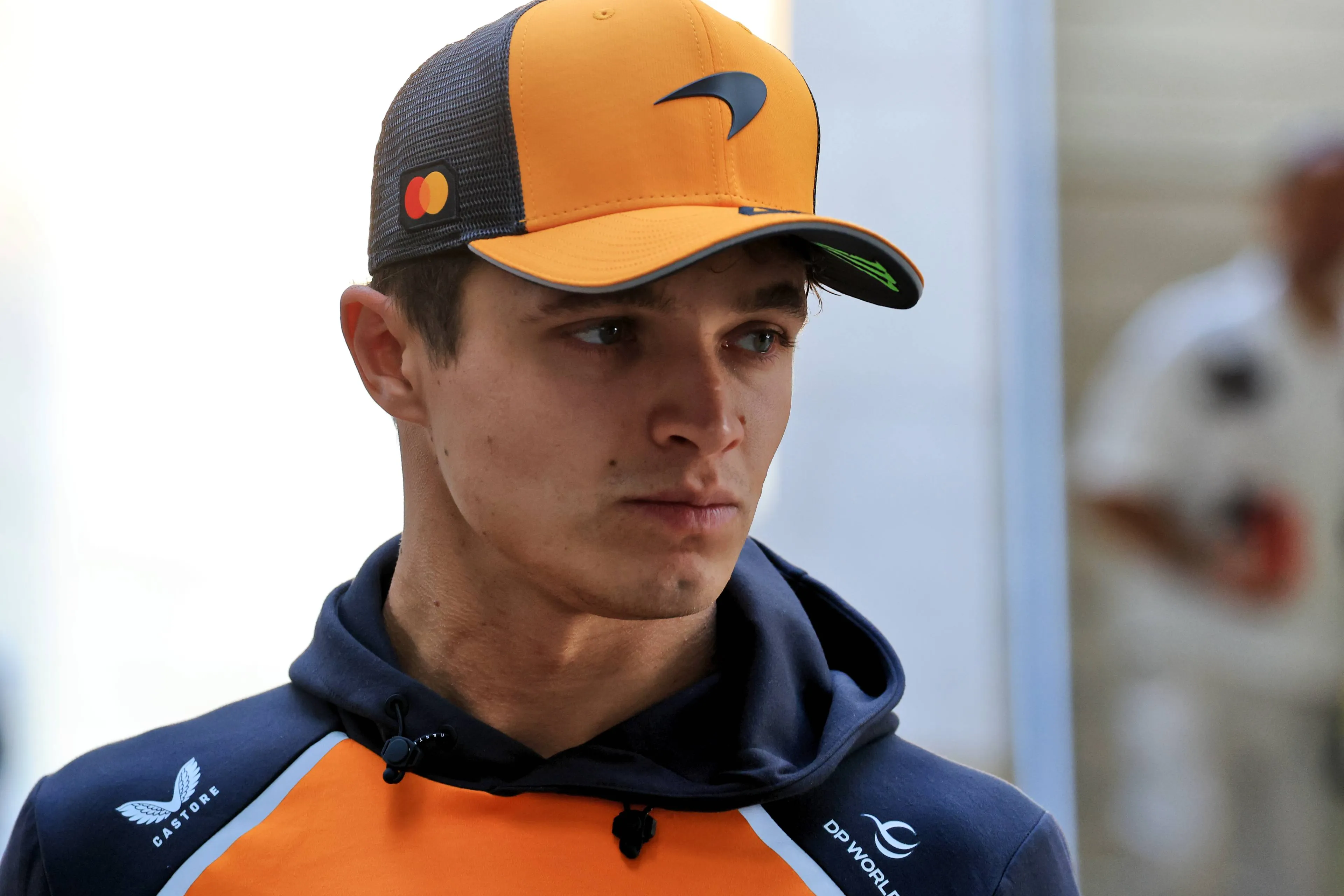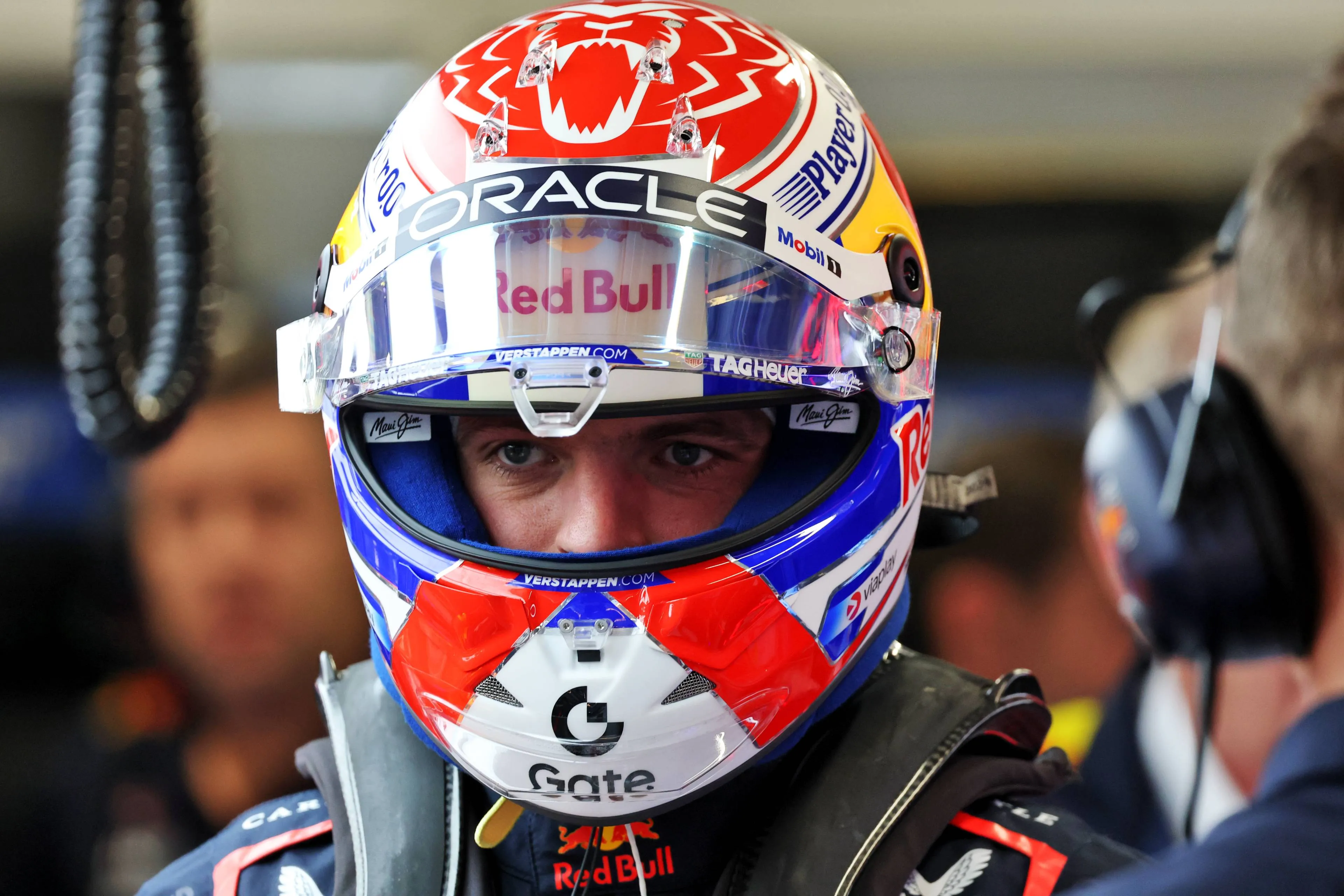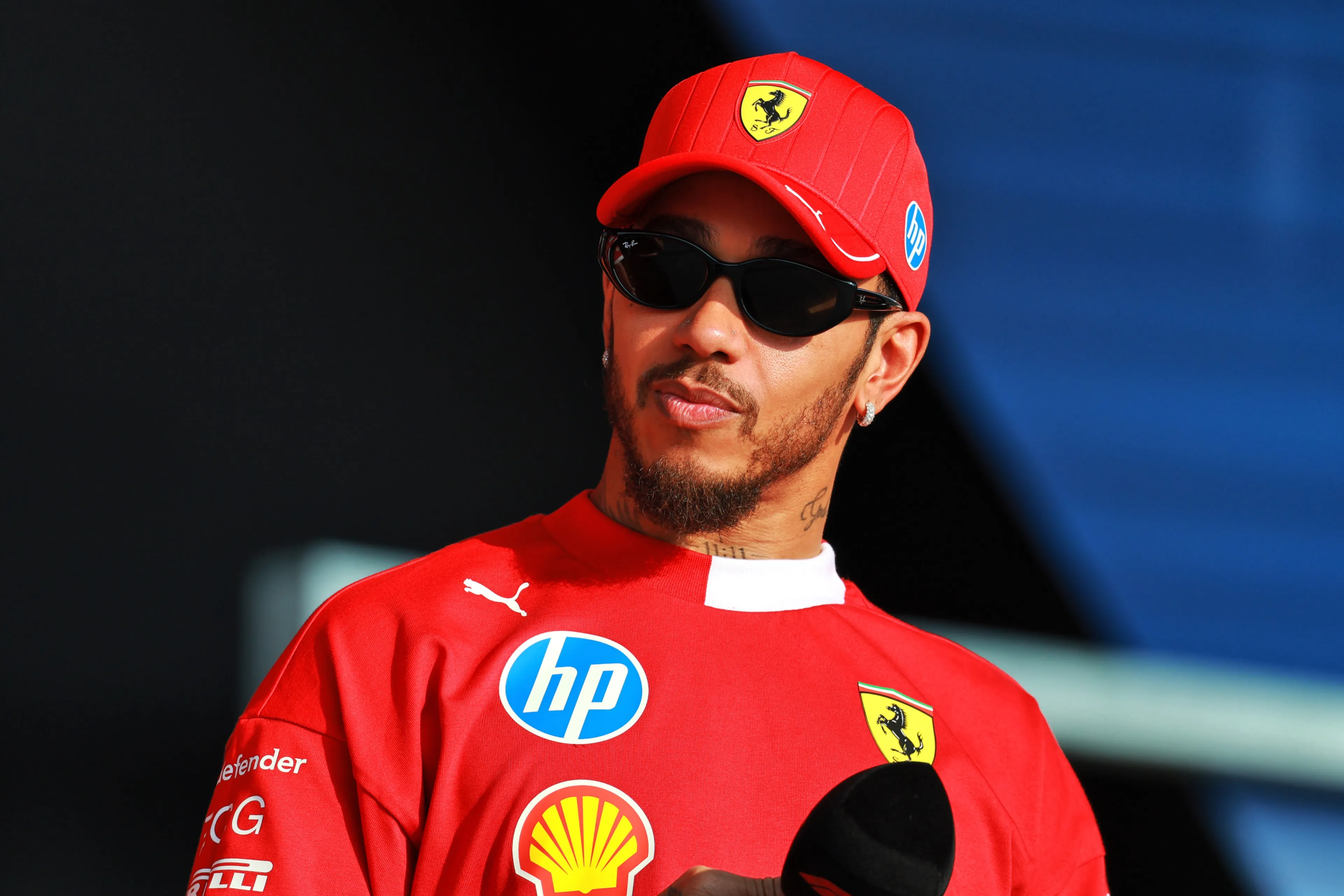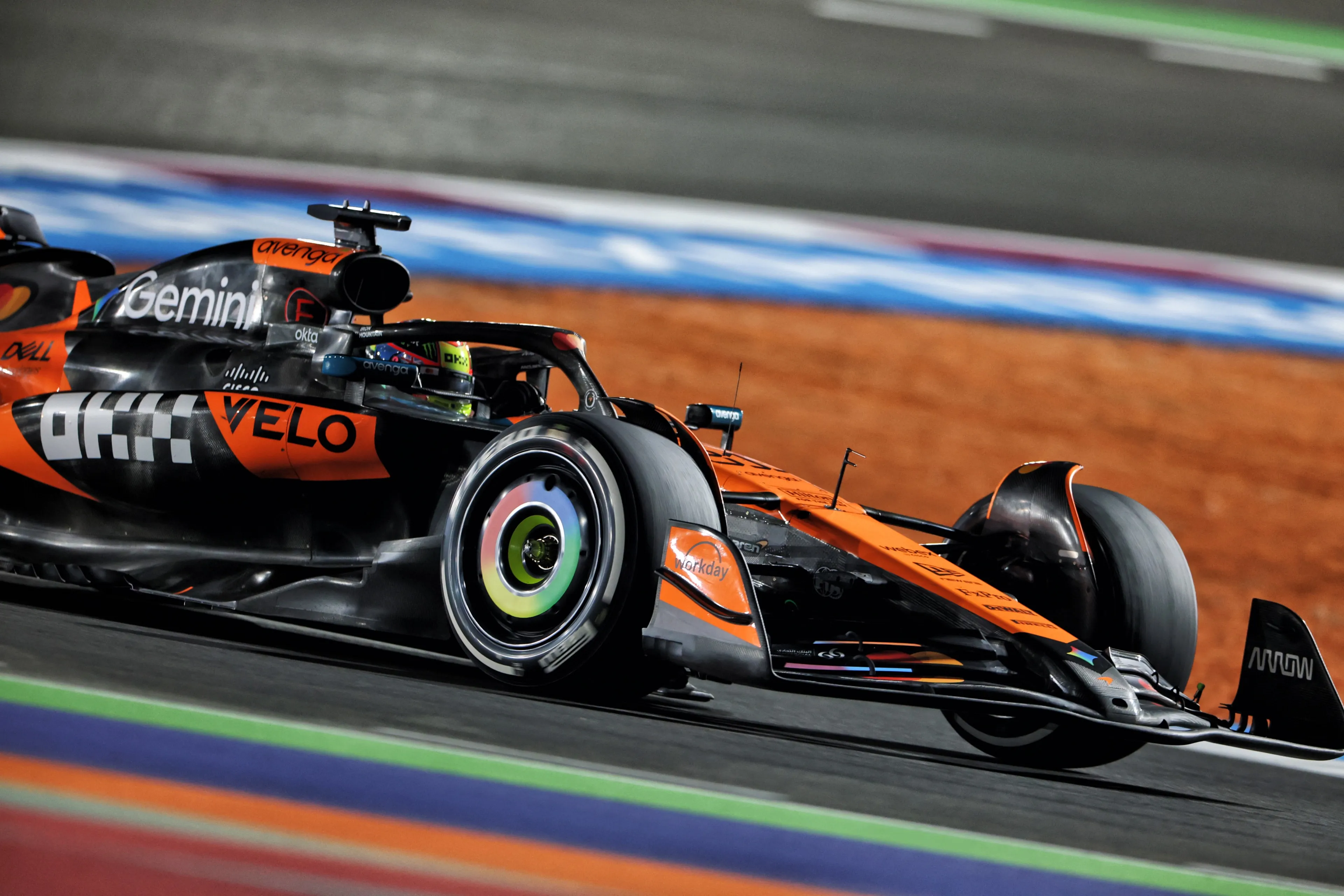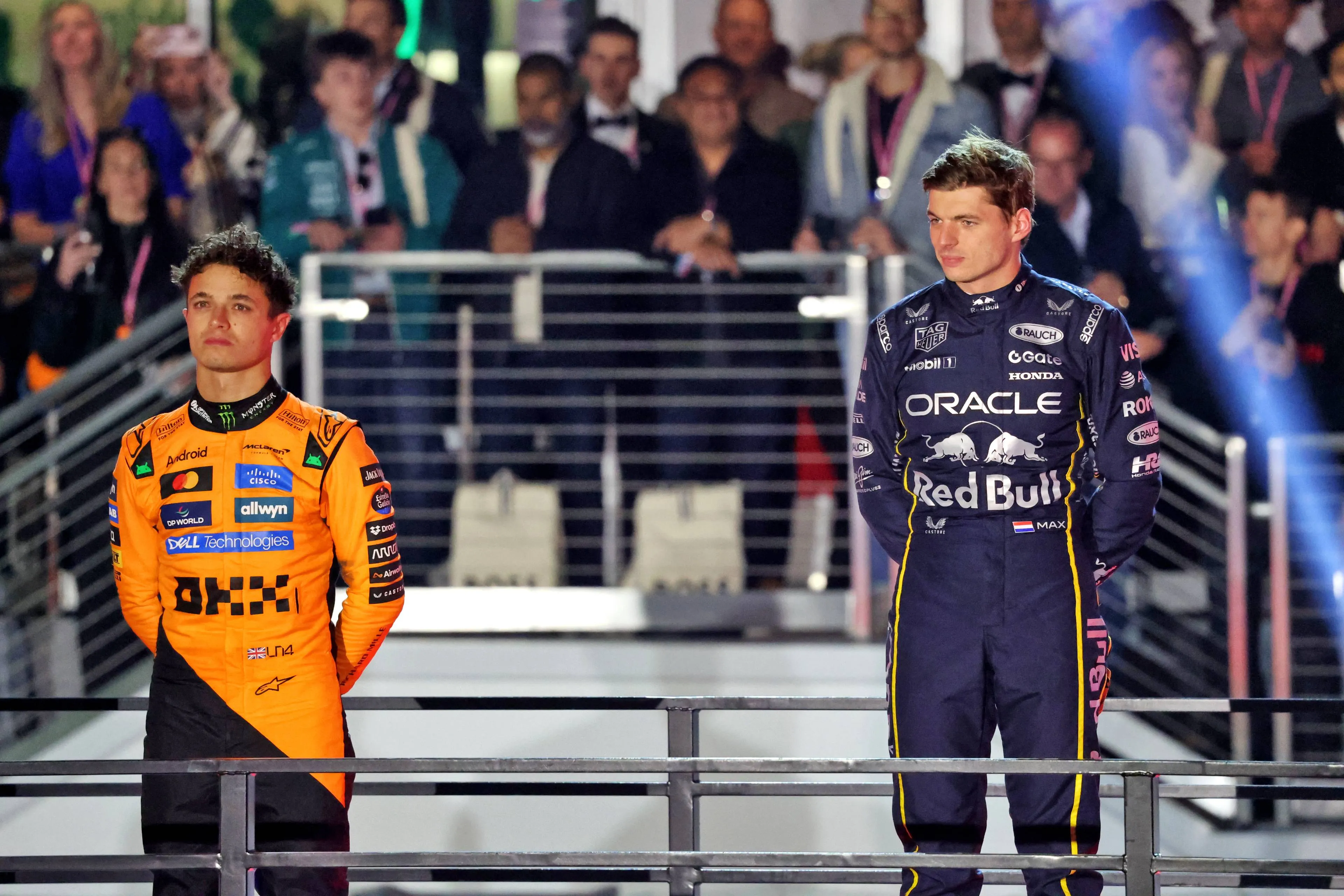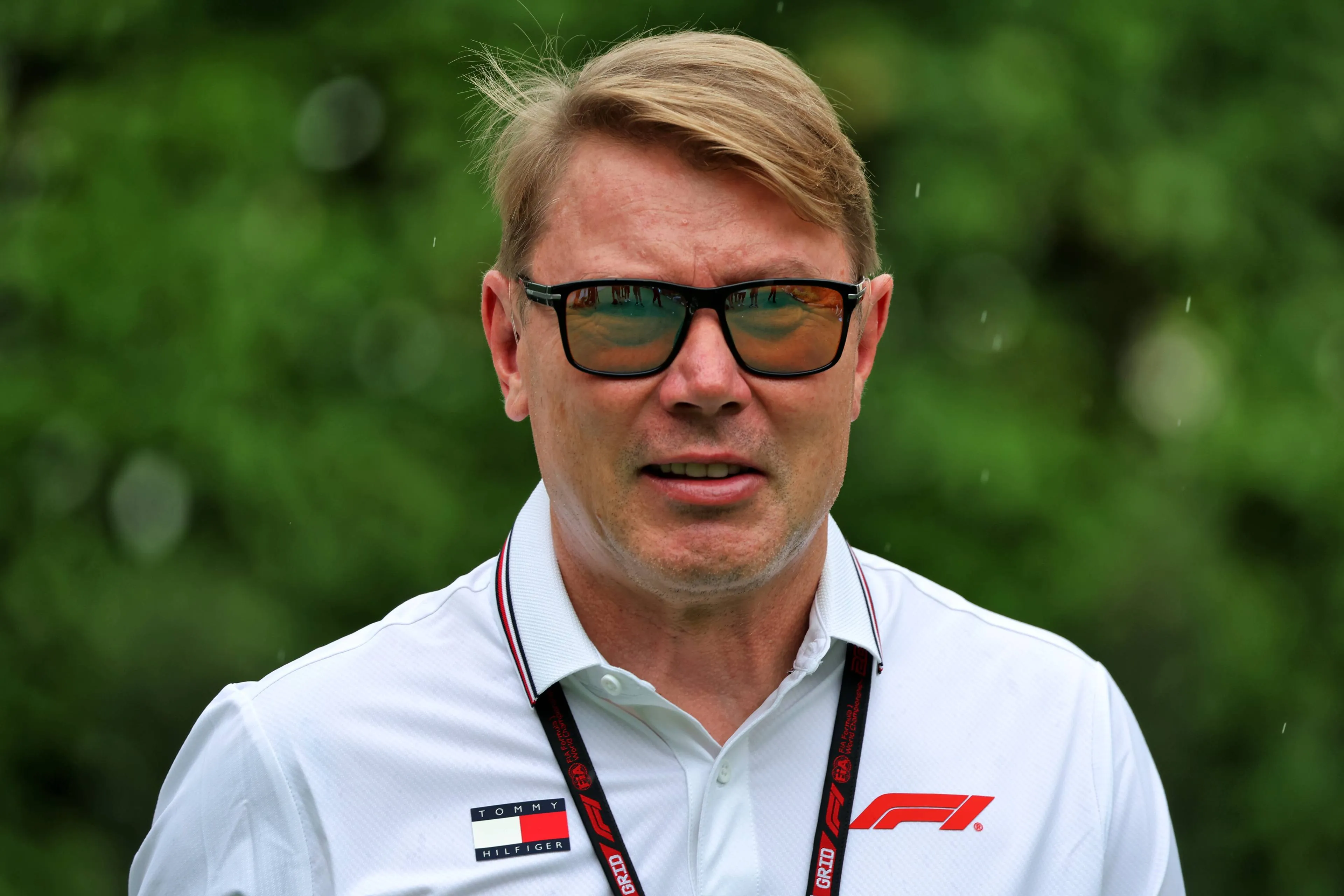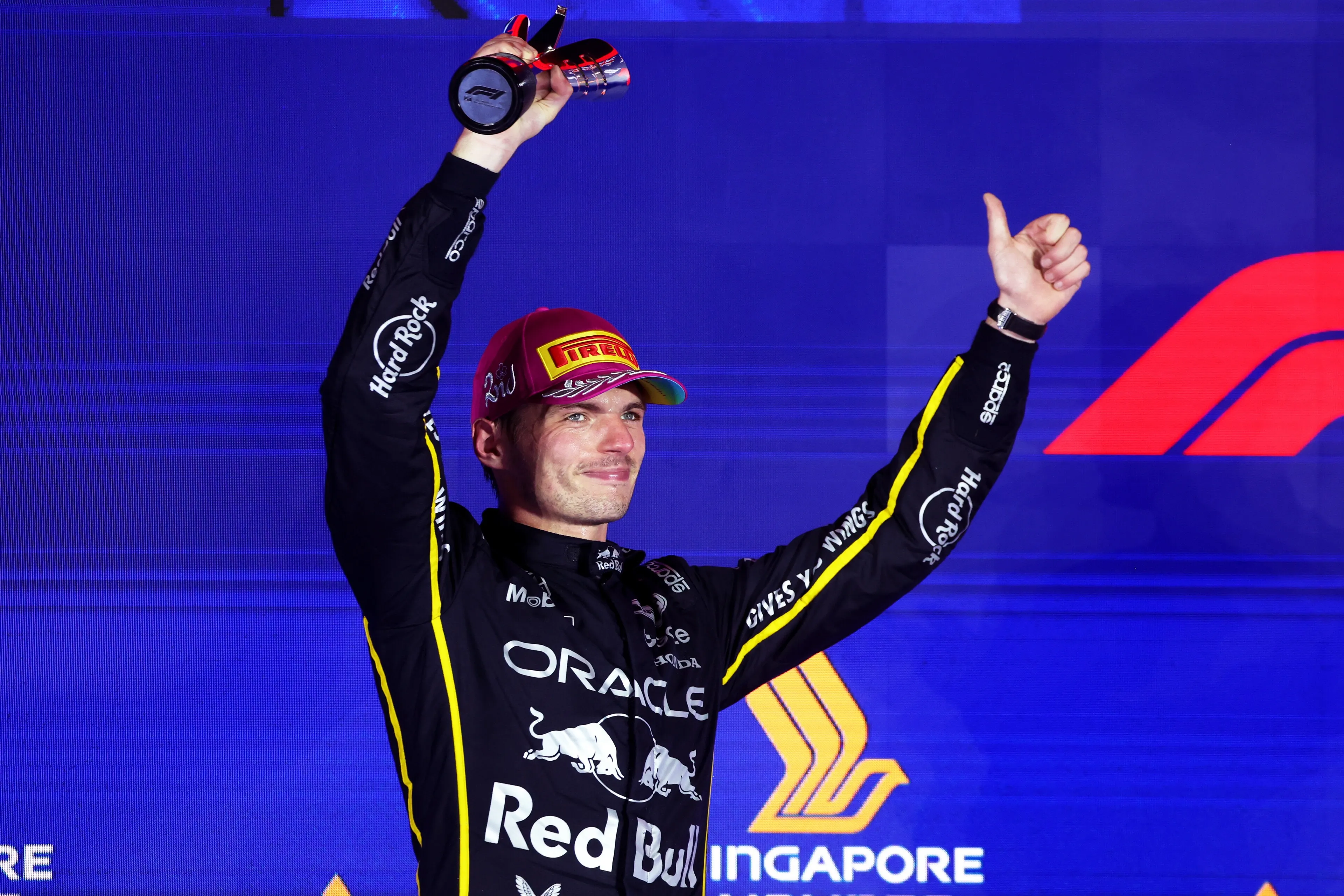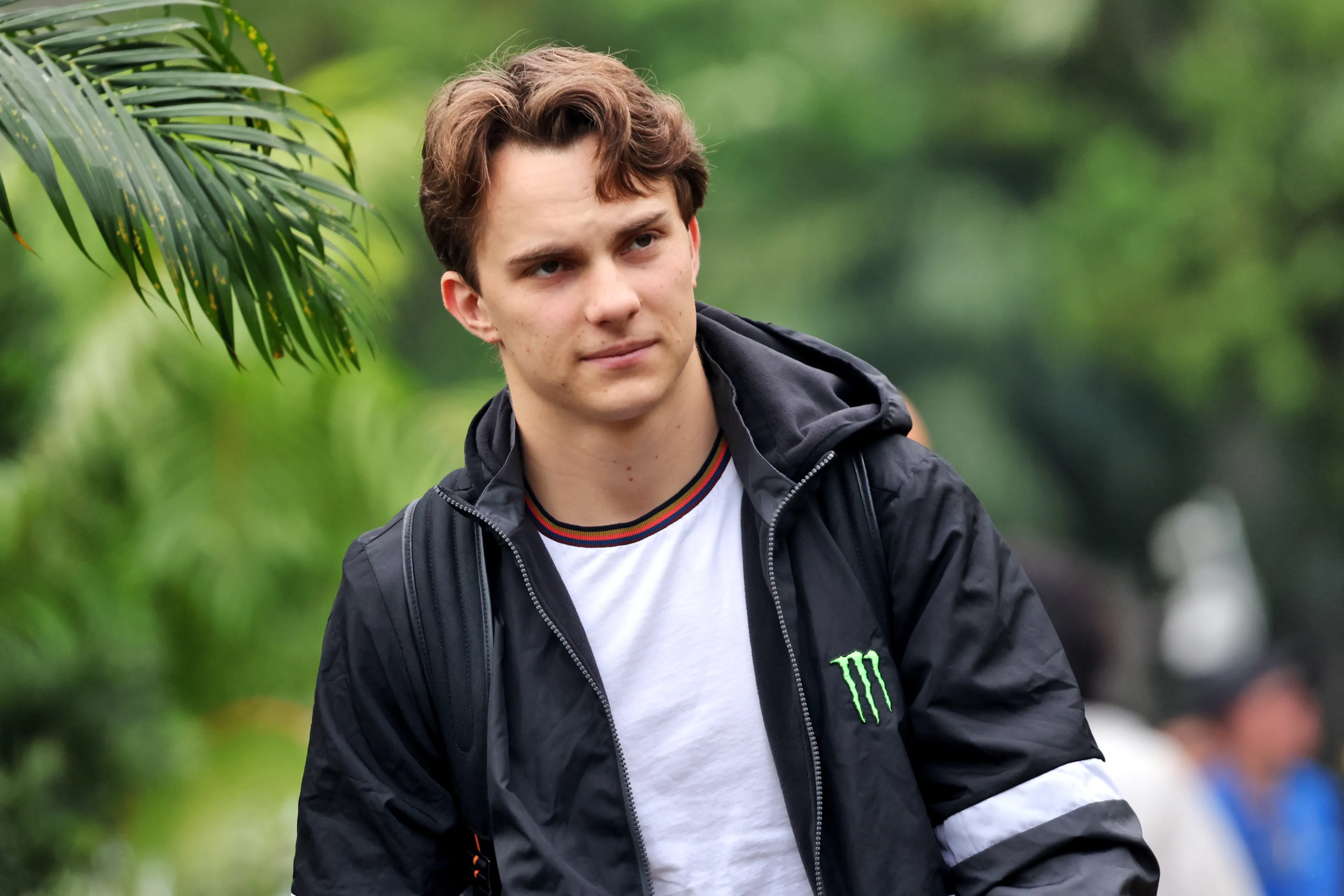The qualifying session at the beautiful Spa-Francorchamps Circuit offered a dominant McLaren in front of Ferrari and Red Bull, with Norris and Piastri eventually locking out the front row with almost 4 tenths in front of Leclerc in P3. The second sector of the Belgian track exploited the MCL39’s strengths, leaving all competitors far behind in that section. Will this advantage last in the race as well?
McLaren arrived at Spa with high hopes to keep on the momentum from the last race. To prove their superiority, the team decided to definitely introduce the new floor, which was previously tested during the first practice at Silverstone, on both cars from Belgium onwards, meaning that this new component gave the expected results.
The new floor shows a different design in the floor edge area, which has been completely redesigned to work in synergy with the changes made underneath the floor itself. The main goal is to produce more “efficient-load”, i.e. downforce at a low drag cost, improving even more the MCL39 through medium and high speed corners.
Due to the single 1-hour practice session, McLaren also fitted on both cars a new rear wing, designed for extremely low downforce circuits, like Spa, Monza and Las Vegas. The new component shows a very similar design to the low downforce spec, but has mainplane with a much shorter chord, mainly to reduce drag.
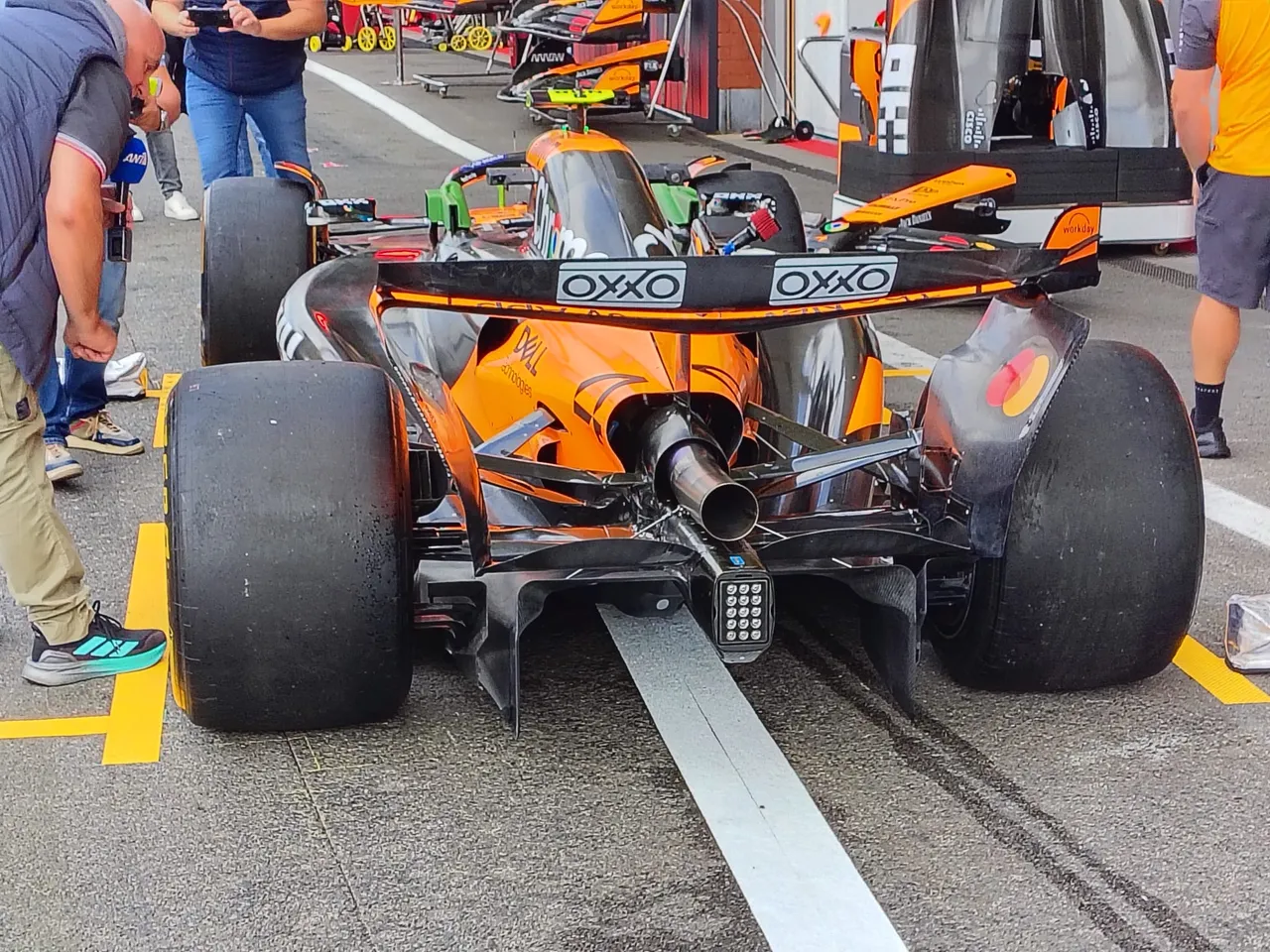
Both these components seemed to be working perfectly from the first few laps in FP1, where Piastri and Norris set competitive lap times on the hard tyre. The great shock came as soon as the Papaya tandem fitted the red ring rubber on, with Piastri setting a middle sector almost 0.8 faster than everyone else.
The definitive proof that the set-up chosen was the right one was during qualifying: Norris was able to grab pole with a margin of 0.388 seconds in front of Charles Leclerc in P3, demonstrating his superiority around the majestic circuit.
The only disadvantage for McLaren could be the chosen set-up: compared to Red Bull, Andrea Stella’s team decided to bet on a slightly higher downforce set-up, gaining massively in the middle sector (where there are the majority of medium and high speed corners) but losing 4/5 kph on the straights compared to Verstappen during the Sprint qualifying.
This could play against the team if the race on Sunday is dry but, for what it was possible to appreciate on Friday and Saturday, the set-up choice completely paid off, despite an overtake on the first lap of the Sprint which relegated Piastri to P2. The scenario on Sunday could be different, mainly due to the expected wet conditions, which could exploit the MCL39's perfect tyre temperature management as happened in Silverstone.
Red Bull with tons of upgrades
Moving on to analyse Red Bull’s Friday, the team brought a big package of upgrades at Spa, which included a new front wing, new cooling inlet and revised front suspension fairings, all made to work in synergy with the upgrades already brought during the last couple of weekends.
The team decided to use the same rear wing they already adopted in Silverstone, even though that design should fit the Spa-Francorchamps layout better than it did with the British one. Moreover, a smaller engine cover also appeared, mainly to better suit the cooler conditions of the weekend.
Despite the huge variety of upgrades, the RB21 seemed a little bit nervous in FP1: Verstappen complained of a very slow car in second sector, where he was losing tons of lap time compared to McLaren. The team probably decided to adopt an unloaded set-up for the first practice, consequently making the car a rocket ship in Sector 1 and 3 but making it lose almost a second in the twisty Sector 2.
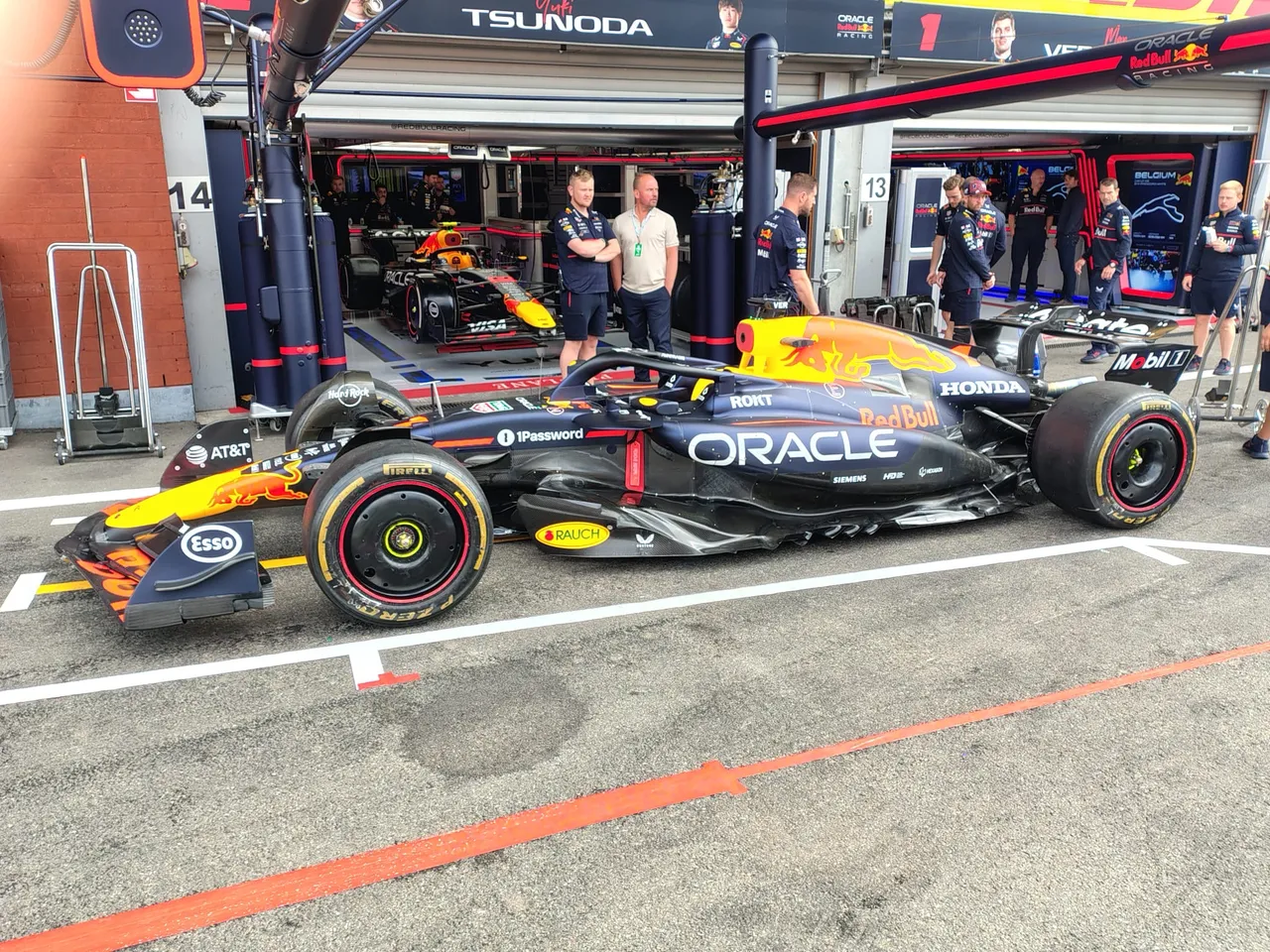
To make the car more balanced, the team decided to add some downforce from the wings, changing Verstappen’s front wing to a slightly higher downforce one, reducing the tedious understeer and making the car a bit more balanced among all three sectors, as happened in qualifying.
The gap accused by Verstappen in the Sprint qualifying proved that Red Bull still has a lot of work to do to catch the Woking team, especially after seeing the gap on a track that should have better suited the RB21.
Another worrying aspect is that Red Bull brought way more upgrades than McLaren did during this first half of the season and, despite some wins on favourable layouts (like Imola and Suzuka), there was almost no competition against the MCL39. This proves that the Papaya car doesn’t use a “special trick” to be the fastest, but simply has a much compete package (made of aerodynamics, chassis, suspensions, engine etc.) than the RB21 has.
After the extraordinary performance in the Sprint, with Verstappen able to pass Piastri during the first lap, the team decided to increase the level of downforce on the Dutchman's RB21 by fitting a medium downforce rear wing, mainly to make the car more drivable in the wet conditions expected for Sunday.
This rear wing spec inevitably reduced the top speed of the car on the straights and, according to Verstappen, also made the RB21 less balanced during qualifying, preventing him from fighting against the two McLaren.
Read also
Ferrari and Mercedes struggled
For what concerns Ferrari, the Maranello team arrived at Spa with a re-designed rear suspension, after testing it during the filming day that took place at Mugello last week. Neither Leclerc nor Hamilton even described this new components as a “game changer”, since they both said that it didn’t make the car much different to drive.
The results that the track gave us after a day of action were exactly the same: both Hamilton and Leclerc couldn’t keep McLaren and Verstappen’s pace, but they were comfortably ahead of the two Mercedes, as happened in the last few race weekends.
The SF-25 seemed to lose a lot of lap time in the middle sector, while setting good top speeds in the first and third sector. The team also brought two slightly different rear wing specs, to give a different feeling to the two drivers: Leclerc, who generally prefers a more pointed car, ran a trimmed low downforce rear wing, while Hamilton adopted the same spec but with a nolder on the trailing edge, to slightly increase the rear end grip.
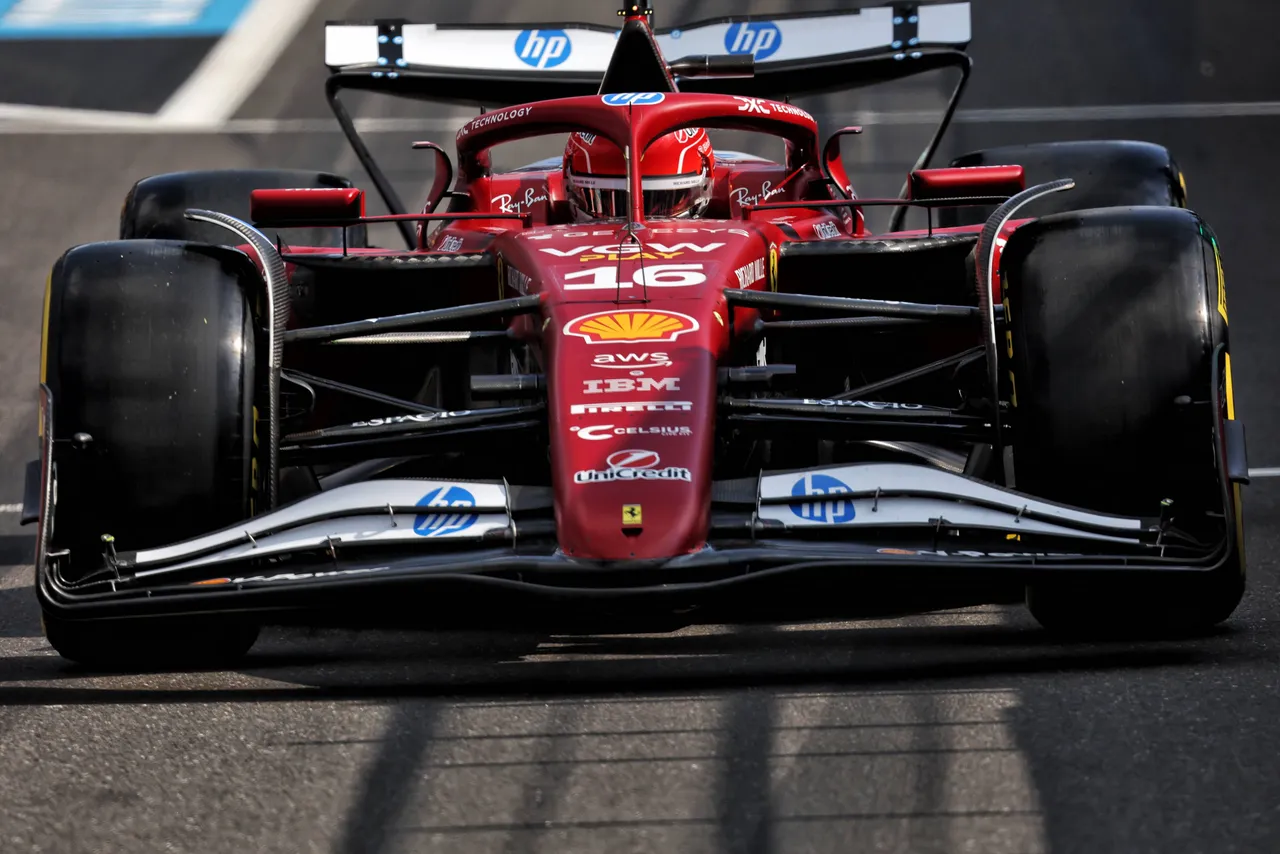
This element didn’t seem to help during qualifying, as the British driver felt not too comfortable with the car, qualifying only in P16 for the main race. On the other side of the garage, Leclerc felt much more confident with the Sf-25, especially after some crucial changes were made to the car after the Sprint. This allowed the Monegasque to qualify in P3 for the main race, also proving that the new rear suspension gave encouraging results.
Last but not least, Mercedes had a very difficult day on a track where they scored a victory last year. The W16 didn’t perform well despite the cooler temperatures, losing a lot of lap time in all three sectors. The main problem for them was that they weren't able to put the tyres into the right temperature and thus, weren't able to generate enough grip to have a good performance.
The clear demonstration was that both Antonelli and Russell were out in SQ1 and SQ2 on Friday and had a very disappointing in the Sprint as well. The Italian wasn't able to pass Q1 during Saturday qualifying neither, proof of the difficult moment he is facing during the last few races. On the other hand, Russell qualified in P6, but never seemed to have the pace of the cars in front of him.
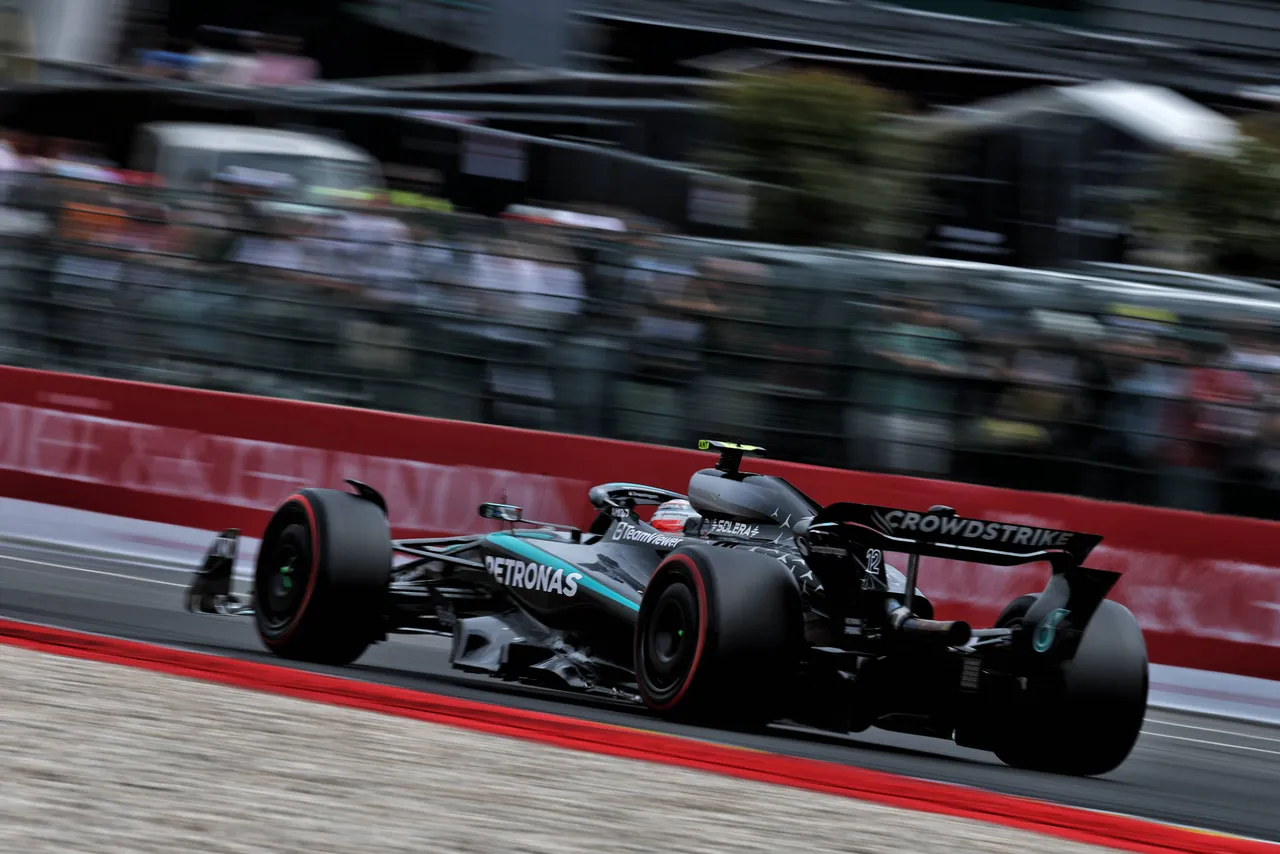
As a consequence, Mercedes should focus on gathering data and really understand the reason behind these poor performances during the last few race weekends, mainly to improve during the second half of the season. The impression from the outside seems that the W16 has a super tight operating window and its behaviour massively changes depending on the conditions and on the external layout.
This is a feature that also characterised all Mercedes' cars during the ground effect era, proof that the team have always struggled to fully understand these regulations. The goal for them will then be to close the 2025 season in the best way possible while focusing on 2026 at the same time.
Read also
Popular on GPBlog
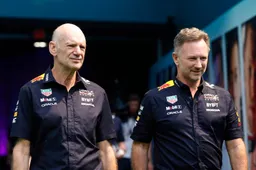
Aston Martin has informed staff following rumors about Horner’s arrival
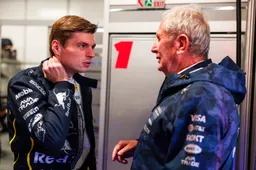
Marko identifies Verstappen's problem during Sprint Qualifying

This is the provisional grid for the F1 Qatar GP sprint race
